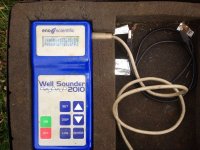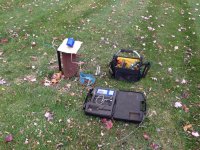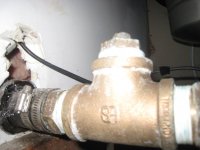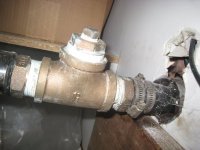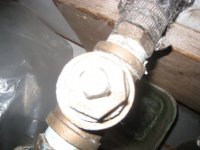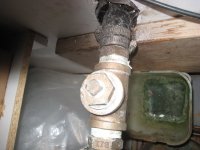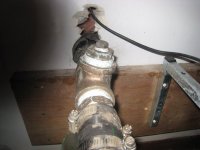How can you measure that flow-- with a flow meter measuring the rate of flow in the pipe from the pump? Could that meter be a little off? Could there be any flow bypassing the meter?With taps, heat pump on, max flow I could get was about 11gpm and pressure stabilized at about 60psi.
It seems to me that if you are pressure-stablilized at 60 PSI, then it would be the loads that determine the flow at 60 PSI. It would only be when the pressure was below the requested pressure that you would be getting a flow limited by the ability of the pump.

